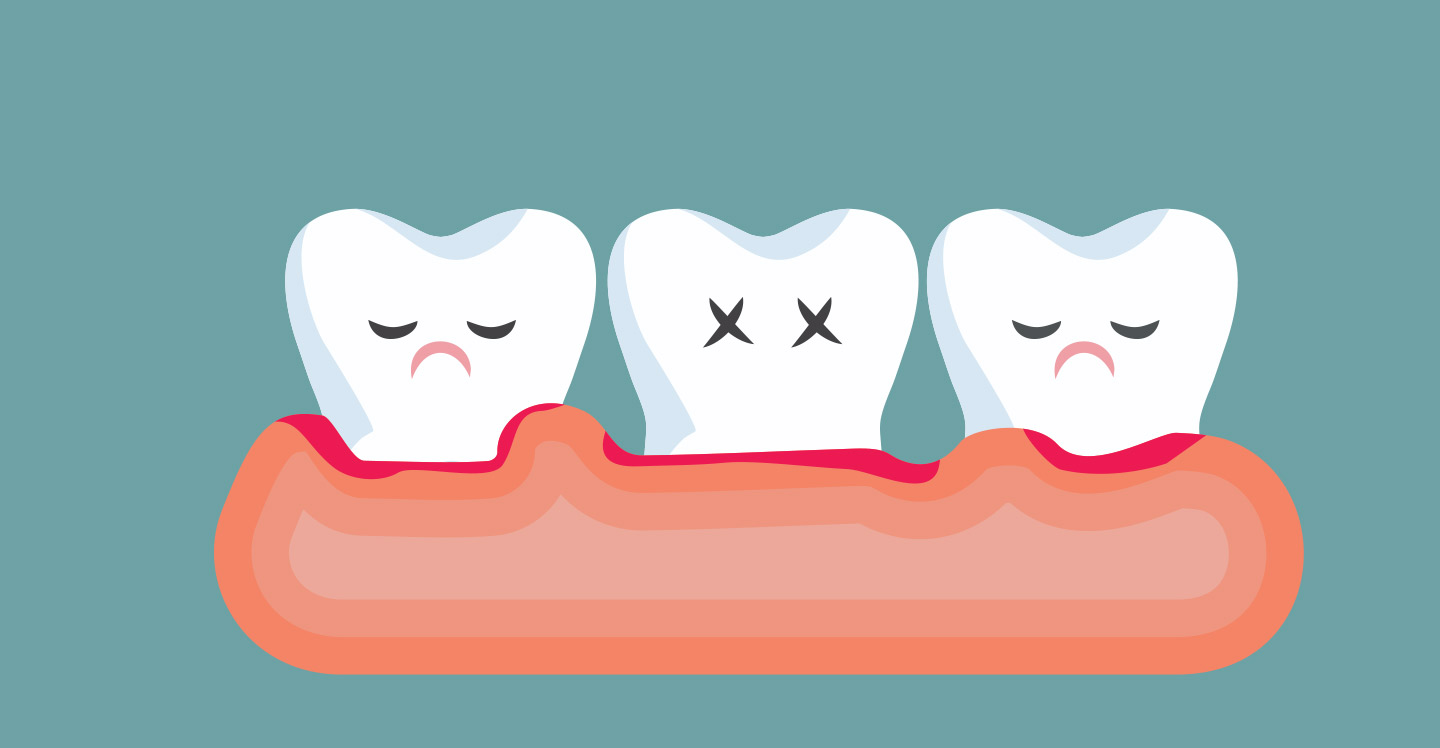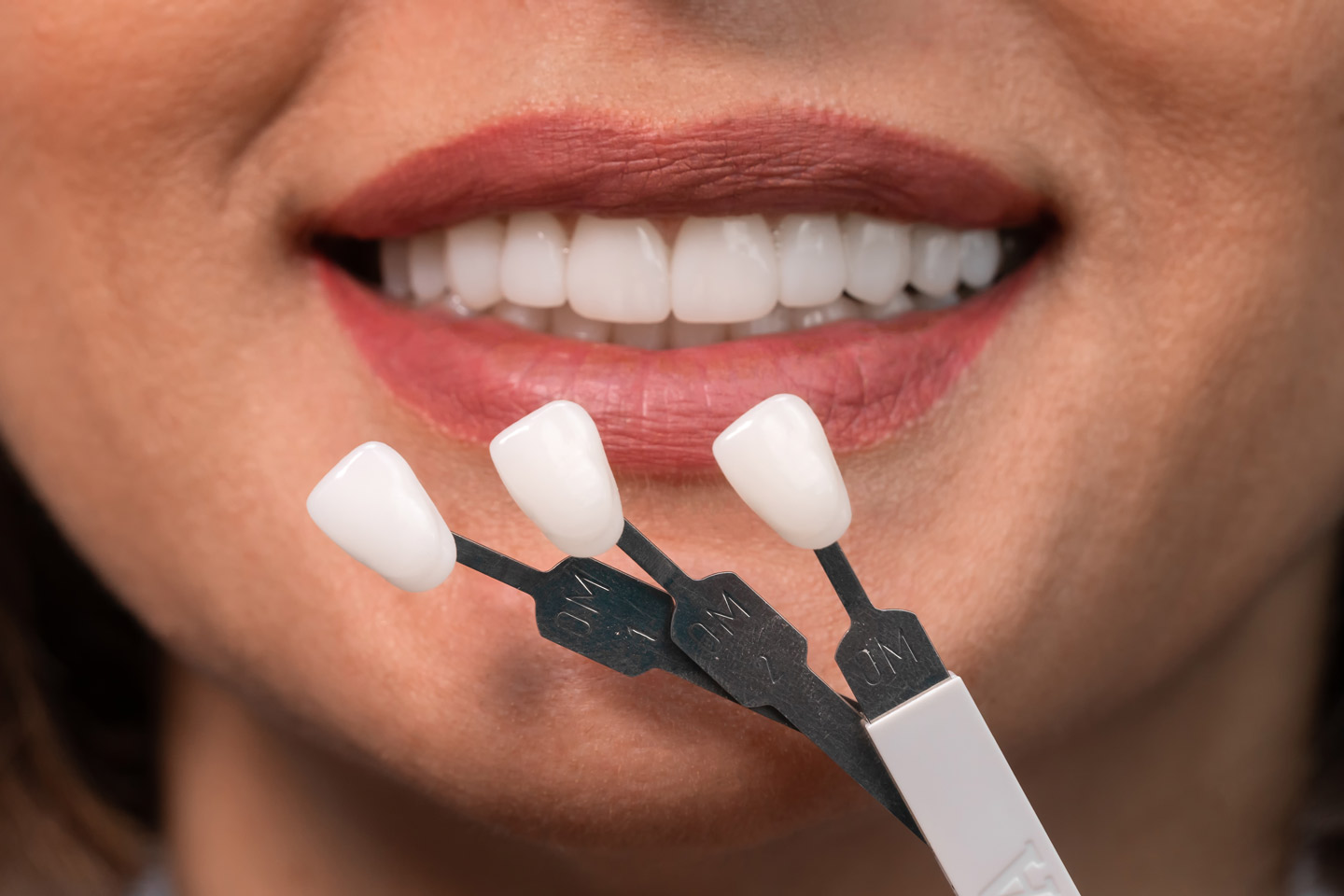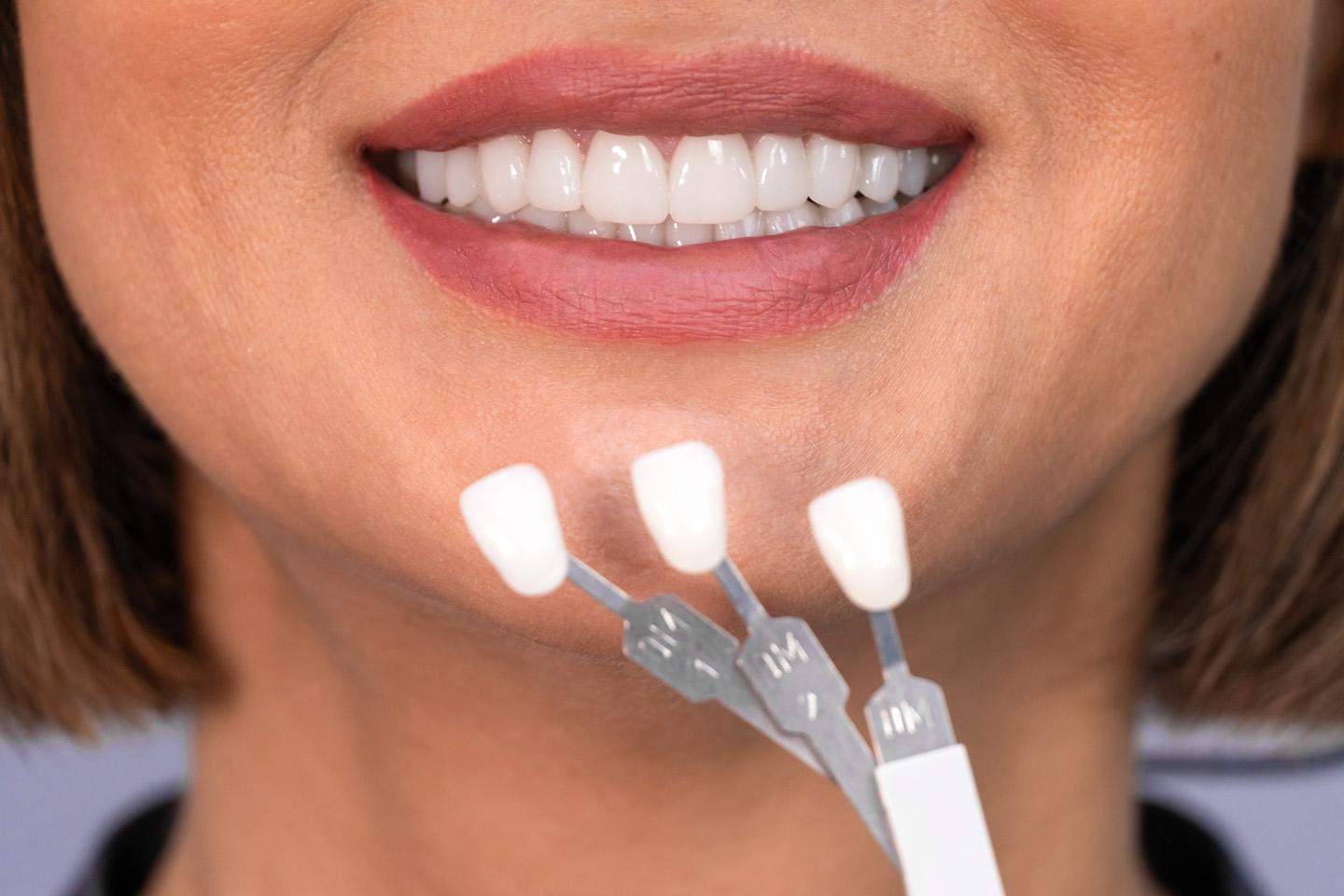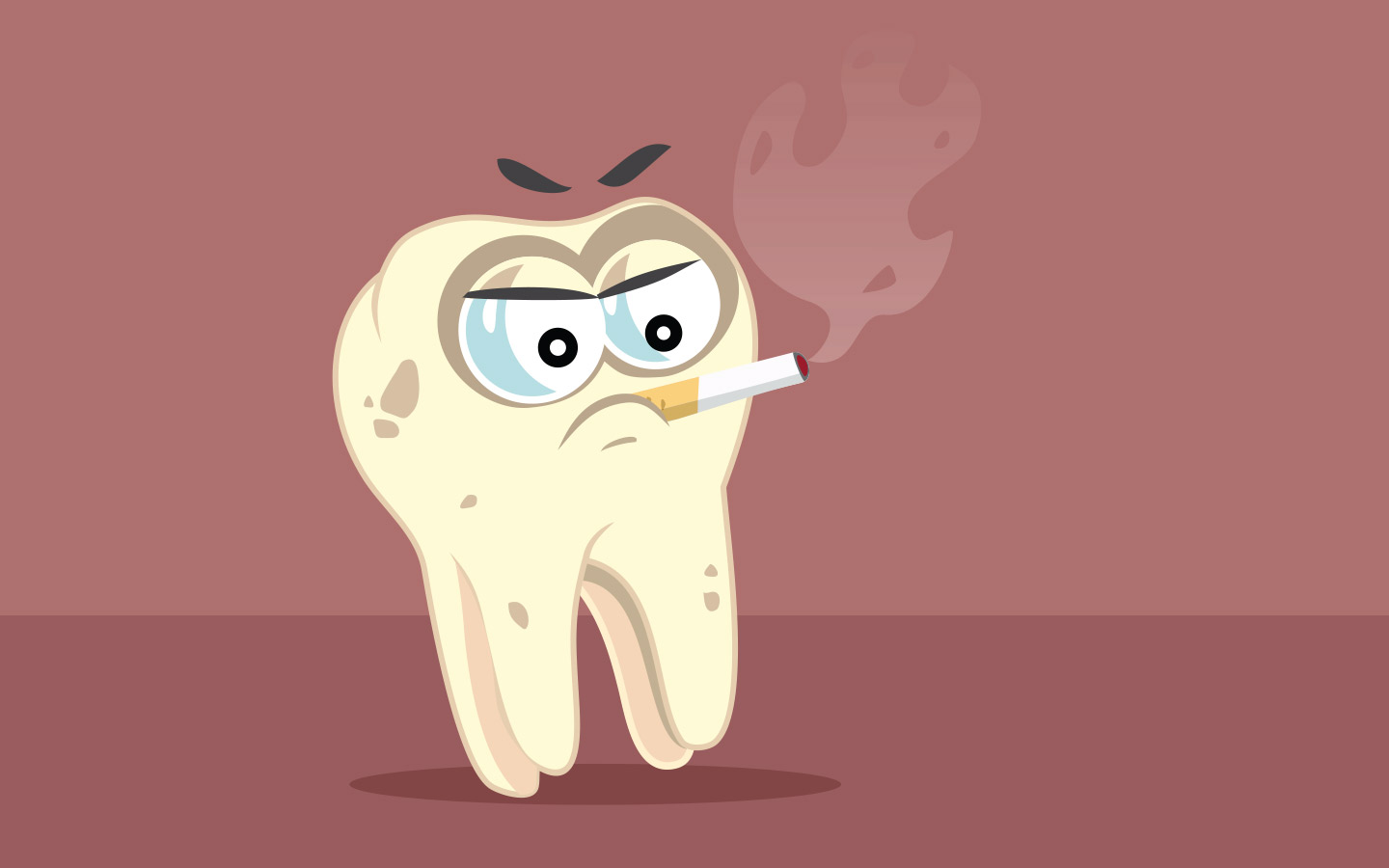How Long Should You Wait to Exercise After a Tooth Extraction?
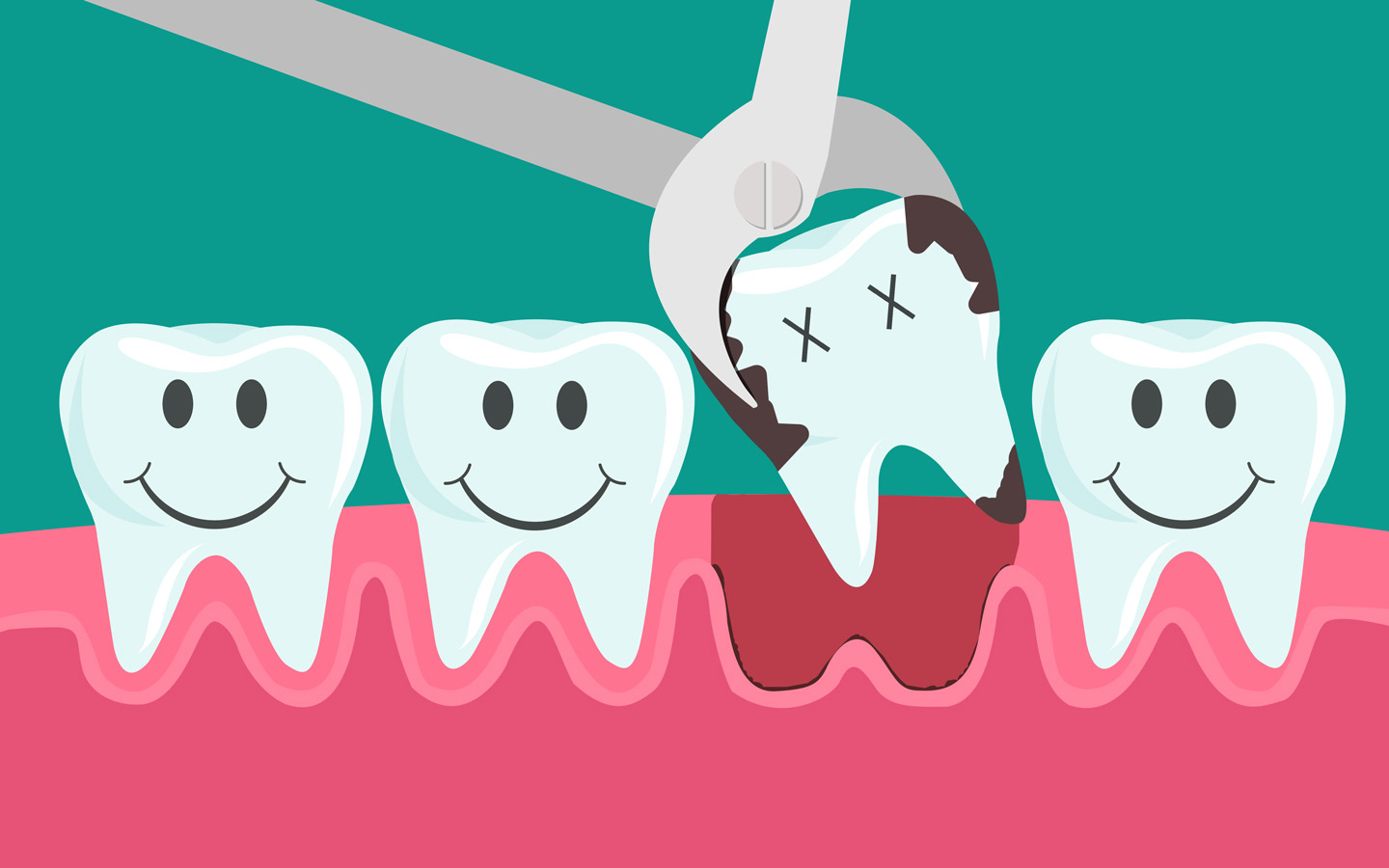
Recovering from a tooth extraction requires time and proper care to ensure optimal healing. If you’re an avid fitness enthusiast or simply someone who loves staying active, you may wonder how long you should wait before engaging in exercise after a tooth extraction.
We’ll explore the factors affecting the healing process, discuss the risks of premature exercise, and provide valuable tips for maintaining oral health during this crucial recovery period.
How Long Should You Wait to Exercise After a Tooth Extraction?
It’s natural to be eager to resume your exercise routine after a tooth extraction, but it’s crucial to give your body enough time to heal properly. The recommended waiting period before engaging in physical activity varies depending on several factors:
Complexity of the Extraction
The nature of the tooth extraction procedure plays a significant role in determining the recovery time. Simple extractions typically involve the removal of fully erupted teeth and have a shorter healing period. In contrast, surgical extractions, such as impacted wisdom tooth removal, require more time for the gums and bone to heal.
Type of Exercise
Different exercises exert varying levels of stress on the body. Low-impact activities like walking or gentle stretching generally have a shorter recovery time compared to high-impact activities like running or weightlifting. It’s important to consider the intensity and demands of your chosen exercise before deciding when to resume.
Individual Healing Ability
Each person’s body has its unique healing process. Factors like age, overall health, and immune system efficiency can influence how quickly your body recovers from a tooth extraction. It’s essential to listen to your body and consult with your dentist or oral surgeon for personalized advice.
To develop a clearer understanding of the recovery period and factors involved, let’s explore each type of extraction and its recommended waiting time before resuming exercise.
Simple Tooth Extractions
A simple tooth extraction involves the removal of a fully erupted tooth that does not require surgical intervention. It is a relatively straightforward procedure and often has a shorter healing time compared to more complex extractions. Here’s what you need to know about resuming exercise after a simple tooth extraction:
- Healing Time: Generally, you should wait for at least 24 to 48 hours before engaging in any form of exercise.
- Activity Level: During the initial recovery period, limit your physical activity to light exercises that don’t strain your body. Focus on gentle movements, such as walking or light stretching.
- Avoid Heavy Exertion: Refrain from engaging in high-intensity workouts, heavy lifting, or activities that may increase blood pressure and heart rate.
- Listen to Your Body: Pay close attention to any discomfort, pain, or swelling during or after exercise. If you experience any of these symptoms, it’s crucial to stop immediately and consult your dentist.
Surgical Tooth Extractions
Surgical tooth extractions involve the removal of impacted or severely damaged teeth that require incisions and sutures. This type of extraction is more invasive and typically requires a more extended recovery period. Here are the guidelines for resuming exercise after a surgical tooth extraction:
- Healing Time: It’s generally recommended to wait for at least 48 to 72 hours before engaging in any physical activity.
- Rest and Recovery: During the initial phase, prioritize rest and allow your body to heal properly. Avoid vigorous exercises and physical exertion that may disrupt the healing process.
- Gradual Return to Exercise: After the initial recovery period, you can gradually reintroduce light exercises. Start with low-impact activities and gradually increase the intensity as you feel comfortable.
- Avoid Contact Sports: To prevent accidental trauma or injury to the surgical site, it’s advisable to avoid contact sports or activities that may involve direct impact to the face or mouth for several weeks.
Maintaining Oral Health During the Recovery Period
While waiting to resume exercise after a tooth extraction, it’s crucial to prioritize oral health and follow the aftercare instructions provided by your dentist. Here are some essential tips to ensure optimal healing:
Gentle Oral Hygiene
Brush your teeth gently using a soft-bristled toothbrush, being careful to avoid the extraction site. Rinse your mouth with warm saltwater solution after meals to keep the area clean.
Avoid Tobacco and Alcohol
Refrain from smoking and consuming alcohol during the recovery period, as they can delay healing and increase the risk of complications.
Manage Swelling and Discomfort
Apply a cold compress to the affected area to reduce swelling and use over-the-counter pain medication as recommended by your dentist.
Maintain a Soft Diet
Stick to a soft-food diet consisting of soups, mashed potatoes, yogurt, and smoothies during the initial recovery period to avoid putting excessive pressure on the extraction site.
Follow Post-Operative Instructions
Carefully follow any post-operative instructions provided by your dentist, including avoiding rinsing or spitting forcefully and not using a straw.
Attend Follow-Up Appointments
Schedule and attend any follow-up appointments with your dentist to monitor the healing process and address any concerns or complications.
FAQs (Frequently Asked Questions)
Can I exercise immediately after a tooth extraction?
No, it’s essential to wait for the recommended recovery period before resuming exercise. Engaging in physical activity too soon can increase the risk of bleeding, swelling, and delayed healing.
Can I lift weights after a tooth extraction?
It’s best to avoid lifting heavy weights or engaging in strenuous weightlifting exercises for at least one week after a tooth extraction. Consult your dentist for personalized advice based on your specific case.
Can I swim after a tooth extraction?
Swimming is generally considered a low-impact activity that can be resumed after a tooth extraction. However, it’s essential to avoid submerging your head underwater or engaging in activities that may involve accidental impact to the surgical site.
When can I resume intense workouts like running or HIIT after a tooth extraction?
It’s advisable to wait for a minimum of one to two weeks before gradually reintroducing intense workouts like running or high-intensity interval training (HIIT). Always listen to your body and consult your dentist for personalized advice.
What should I do if I experience severe pain or complications after exercising following a tooth extraction?
If you experience severe pain, excessive bleeding, swelling, or any other concerning symptoms after exercising, it’s crucial to contact your dentist immediately for further evaluation and guidance.
When can I resume playing contact sports after a surgical tooth extraction?
To minimize the risk of injury and disruption to the healing process, it’s generally recommended to wait for at least four to six weeks before resuming contact sports. Consult your dentist or oral surgeon for personalized advice.
Conclusion
Knowing how long to wait before exercising after a tooth extraction is crucial for ensuring proper healing and minimizing the risk of complications. Simple extractions typically require a waiting period of 24 to 48 hours, while surgical extractions may require 48 to 72 hours or more. It’s vital to listen to your body, follow the post-operative instructions provided by your dentist, and gradually reintroduce exercise based on your comfort level.
Prioritizing oral health and maintaining good oral hygiene during the recovery period are essential for optimal healing. Remember to consult your dentist or oral surgeon for personalized advice based on your specific case. By following these guidelines, you can safely resume your exercise routine and maintain your oral health after a tooth extraction.

